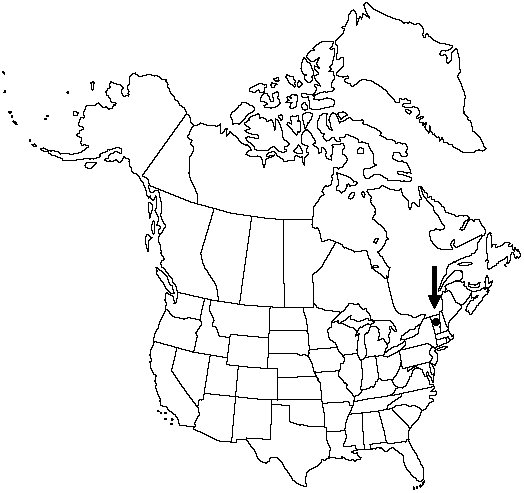Difference between revisions of "Adiantum viridimontanum"
Rhodora 93: 108. 1991.
imported>Volume Importer |
imported>Volume Importer |
||
| Line 51: | Line 51: | ||
|publication year=1991 | |publication year=1991 | ||
|special status=Endemic | |special status=Endemic | ||
| − | |source xml=https:// | + | |source xml=https://bitbucket.org/aafc-mbb/fna-data-curation/src/2e0870ddd59836b60bcf96646a41e87ea5a5943a/coarse_grained_fna_xml/V2/V2_361.xml |
|genus=Adiantum | |genus=Adiantum | ||
|species=Adiantum viridimontanum | |species=Adiantum viridimontanum | ||
Latest revision as of 20:22, 5 November 2020
Stems short-creeping; scales bronzy deep yellow, concolored, margins entire. Leaves arching to stiffly erect, often densely clustered, 38–75(–90) cm. Petiole 1–3 mm diam., glabrous, often glaucous. Blade fan-shaped to funnel-shaped, pseudopedate, 1-pinnate distally, 10–35 × 10–35(–45) cm, glabrous; proximal pinnae 2–7-pinnate; rachis straight, glabrous, often glaucous. Segment stalks (0.4–)0.6–1.5(–1.9) mm, dark color commonly entering into segment base. Ultimate segments long-triangular, ca. 2.5 times as long as broad; basiscopic margin oblique; acroscopic margin lobed, lobes separated by narrow (less than 1 mm) incisions; apex acute, usually entire. False indusia transversely oblong, mostly 2–5(–10) mm, glabrous. Spores mostly 45–58 µm diam. 2n = 116.
Phenology: Sporulating summer–fall.
Habitat: Restricted to serpentine sites where it occurs in rock clefts, on talus slopes, and in well-developed serpentine soils
Elevation: 200–800 m
Discussion
Adiantum viridimontanum, an allopolyploid from a sterile hybrid between A. pedatum and A. aleuticum, is known only from north central Vermont (C. A. Paris and M. D. Windham 1988). Additional populations may eventually be located on serpentine in southern Quebec.
Selected References
None.
